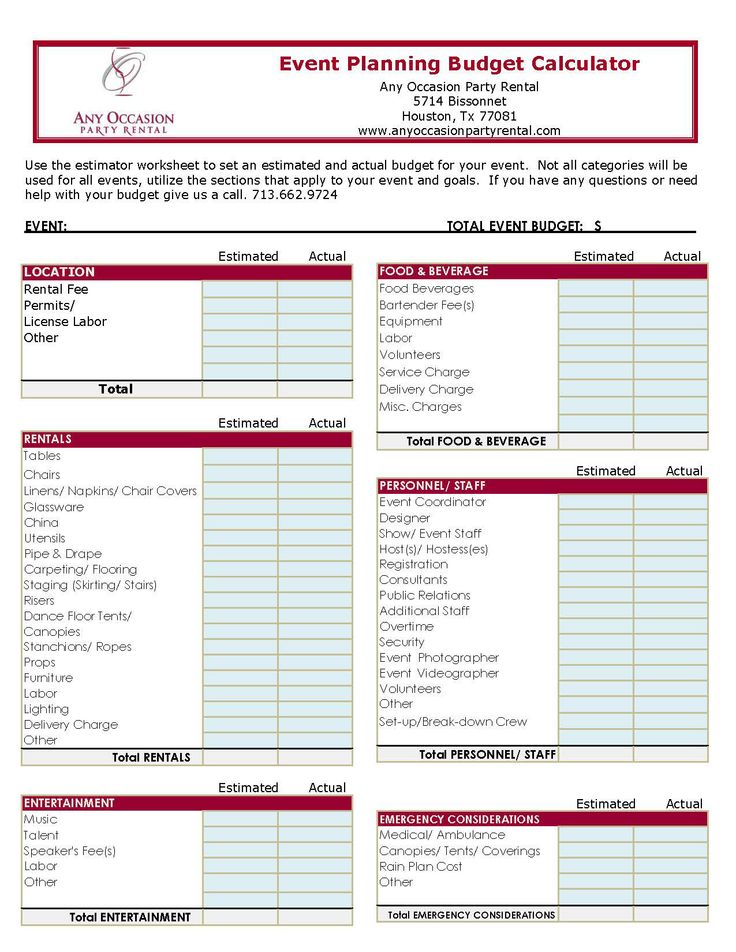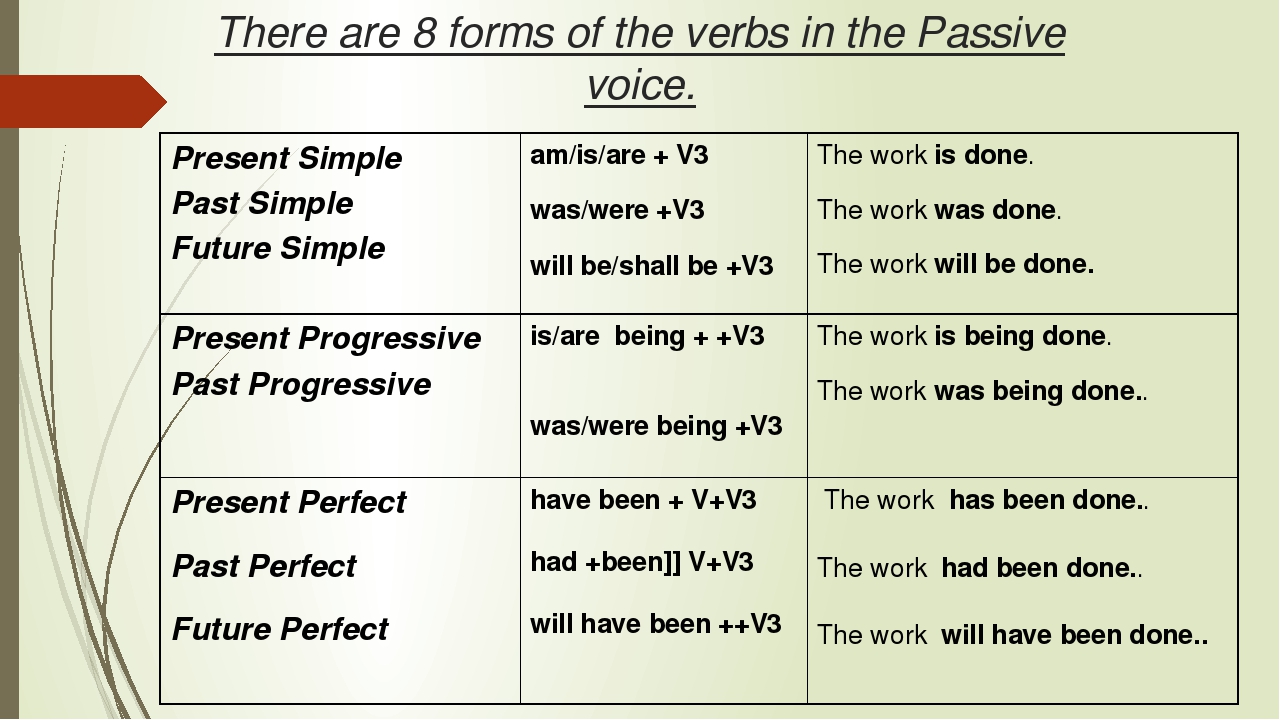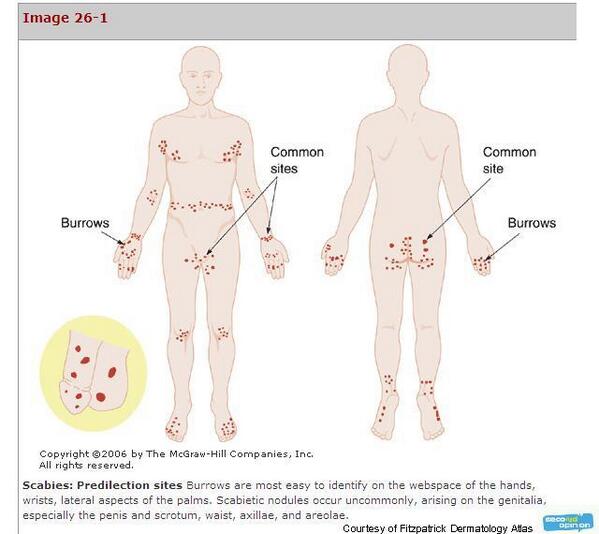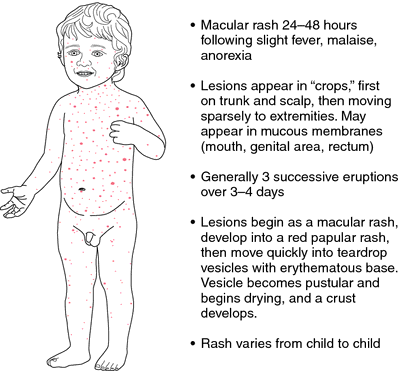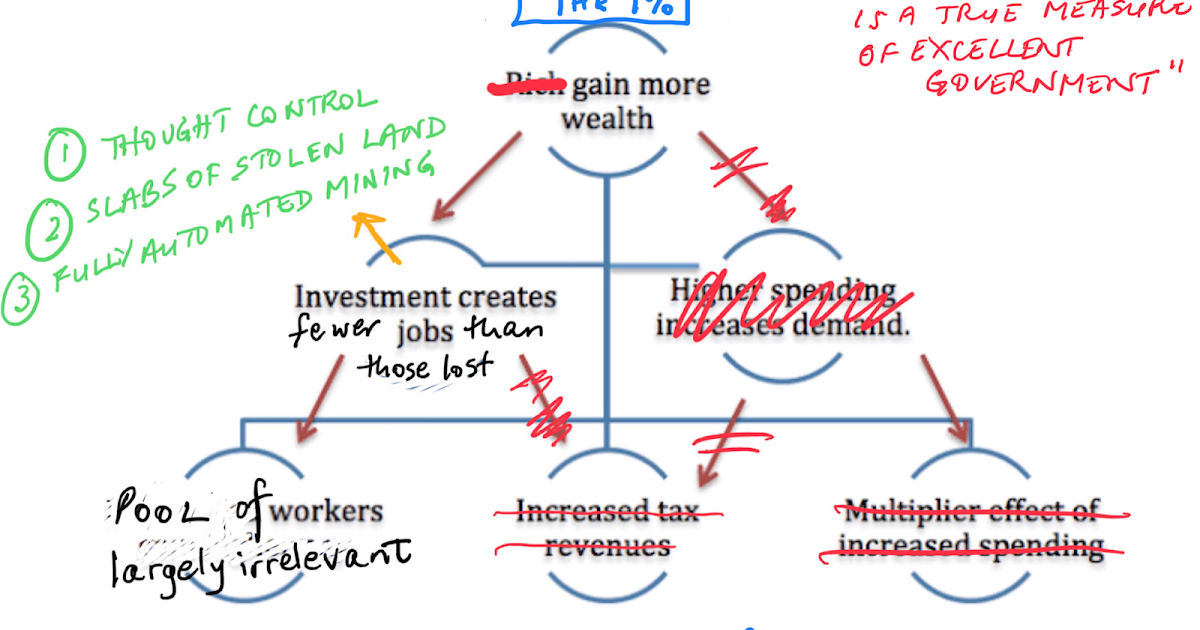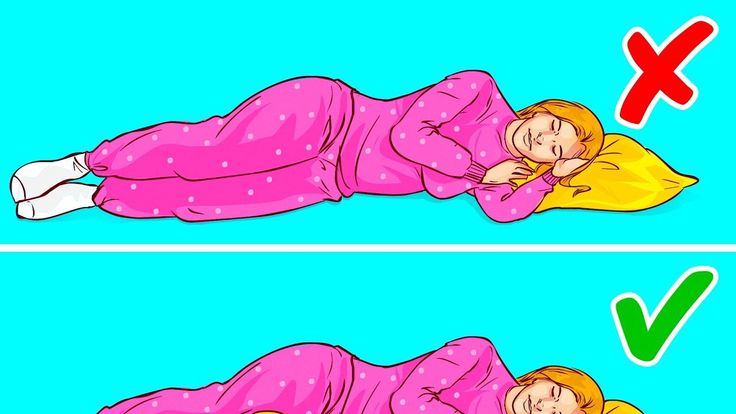What is the earliest you can feel baby move
When Can You Feel Baby Move
Photographed by Erin Yamagata.
Among the many "firsts" throughout your pregnancy, feeling your baby kick for the first time might be the most, uh, startling. That's partly because it's surprisingly difficult to predict when those movements will start happening. (And, well, partly because there's a creature moving around inside your body.)
As the American Pregnancy Association explains, there's a wide window for what's normal. Some people are able to feel their baby's first movements (a.k.a. "quickening") as early as 13 weeks, while others don't get those tummy kicks until as late as 25 weeks. Basically anytime within that range could be considered "normal."
Advertisement
If this is your first pregnancy, it's more likely that you'll be on the later side, partly because you might not realize quite as quickly what those strange movements are. After that, though, you'll have a better idea of what you're feeling for and will probably notice them earlier in subsequent pregnancies.
Early on, the movements will feel more like little flutters (you might even confuse them with gas or your stomach growling) and then, later in your pregnancy, they'll be more like small kicks and jabs. And you might notice more fetal movement right after you've eaten, thanks to the rise in glucose in your blood, according to the University of Rochester Medical Center. You'll also probably notice your baby gets more active as the day goes on and tends to be most active late at night (lol). At that point in the day, you'll also be more relaxed and able to tune into the movements, so you might just be noticing them more than you would during the day.
However, if your placenta is in front of the fetus (meaning it's "anterior"), that might cushion your baby's kicks and make them more difficult to notice until later in your pregnancy. Research suggests that's especially likely to affect your second trimester, where you'll likely feel fewer movements than you would if your placenta was positioned elsewhere.
As your pregnancy progresses, it may become important to actually keep track of those movements rather than just enjoying the weird feeling whenever it pops up. Especially if your pregnancy is high-risk, tracking movement can be help ease your anxiety — if she's kicking at about her average rate, you know she's probably doing just fine — and if you note a decrease, it's a good idea to get things checked out. That's why your doctor might ask you to start doing fetal movement counts or "kick counts," explains the American College of Obstetricians and Gynecologist.
Wherever you are in pregnancy, keep in mind that everyone's pregnancy is different, and some babies just naturally move less (or far more) than others. Others might go a day without moving much while spending hours and hours the next day kicking. As always, if you're concerned, it's best to chat with your doctor. She can perform other tests to get a better sense of what's going on in there.
Welcome to Mothership: Parenting stories you actually want to read, whether you're thinking about or passing on kids, from egg-freezing to taking home baby and beyond. Because motherhood is a big if — not when — and it's time we talked about it that way.
Because motherhood is a big if — not when — and it's time we talked about it that way.
When can you feel baby move? Fetal movement explained.
Feeling your baby kicking is one of the highlights of pregnancy. But when can you feel your baby move, and what does baby movement feel like? The truth is that baby kicks are more like flutters at first, and you may not feel your baby move until halfway through pregnancy. But by the third trimester, your baby will be making some big moves that are impossible to ignore.
When can you feel baby move?
You probably won't feel your baby kick until sometime between 16 and 22 weeks, even though they started moving at 7 or 8 weeks. (You may have witnessed the acrobatics if you've already had an ultrasound.)
Veteran moms tend to notice those first subtle kicks, also known as "quickening," earlier than first-time moms because it's easier to distinguish your baby's kicks from other belly rumblings (such as gas) if you've been pregnant before.
Your build may have something to do with when you'll be able to tell a left jab from a hunger pang: Thin women tend to feel movement earlier and more often.
Once you can feel your baby moving, it will probably be a few more weeks until your partner can feel the baby kick.
What does baby movement feel like?
Women have described the early sensation as feeling like popcorn popping, a goldfish swimming around, or butterflies fluttering. You might think those first gentle taps or swishes in your belly are gas, but you'll recognize the difference once you start feeling them more regularly.
Once you've reached your third trimester, you won't be able to ignore your baby's jabs, rolls, and kicks. As they get larger, you may see a pointy elbow or knee moving across your belly or feel a full-on somersault.
Every pregnancy is different, so it's hard to say exactly what you'll feel and when, but here's a rough guide.
Baby movement at 16 to 19 weeks
You'll probably notice faint and fluttery feelings in your womb around this time. If you've been pregnant before, you'll be more familiar with this sensation and quicker to identify your baby's movements.
If you've been pregnant before, you'll be more familiar with this sensation and quicker to identify your baby's movements.
If this is your first pregnancy, it may take a bit longer before you realize that those gentle bubbling or popping sensations are actually your baby moving! It may be easier to feel your baby when you're sitting quietly or lying down.
Baby movement at 20 to 23 weeks
You may notice gentle kicks and jabs. As the weeks go by, you'll gradually feel stronger and more frequent movements, and you'll come to recognize your baby's unique pattern of activity. If you don't feel your baby moving, tell your doctor or midwife.
You may find that your baby becomes more lively as the day goes on, kicking, squirming, and somersaulting the most in the evening when you're relaxed. Some moms notice their baby moving a lot right after they eat, especially if they have a sugary treat. But studies haven't found a link between what you eat and your baby's activity level.
Baby movement at 24 to 28 weeks
Your amniotic sac now contains up to 26 ounces of fluid. This gives your baby plenty of space to move around freely, so you may feel like your little one is doing elaborate acrobatics routines in your womb. Limb movements may feel punchy, while whole-body movements may be smoother. You may even notice your baby jumping at sudden noises, or you may feel repetitive jerking movements when your baby gets hiccups.
Baby movement at 29 to 31 weeks
Your baby is likely to be making smaller, sharper, more definite movements, such as strong kicks and pushes. You may also occasionally feel a shaky movement, like a shiver, as your baby shakes a hand, shoulder, or elbow.
Depending on how your baby is positioned, you may feel the kicks up under your ribs, in the center or side of your belly, or very low in your pelvis. Some women report kicks to their cervix – which feel uncomfortable but are totally normal. Don't worry, no matter how strong your baby's kicks, they're safe inside and won't do any damage.
Baby movement at 32 to 35 weeks
As your baby grows and has less room to move, you may notice that the type of movement you feel changes, perhaps becoming slower but lasting longer.
Baby movement at 36 to 40 weeks
As you approach your due date, your baby will get larger and won't have enough room for dramatic somersaults. After they move to a head-down position in preparation for birth, you may feel kicks in new places, like underneath your ribs on one side or the other. Your baby's movements may feel slower, but also harder and stronger. Jabs from their arms and kicks from their legs may feel uncomfortable or even painful.
It's normal to notice a change in the types of movement you feel in late pregnancy. But you should still be feeling your baby move right up until and even during labor itself.
How often should I feel my baby kicking?
At first, noticeable kicks will be few and far between. You may feel several movements one day and then none the next. Although your baby is moving and kicking regularly, many of their movements just aren't strong enough for you to feel yet. But those reassuring kicks will become stronger and more regular later in the second trimester or early in the third trimester.
Although your baby is moving and kicking regularly, many of their movements just aren't strong enough for you to feel yet. But those reassuring kicks will become stronger and more regular later in the second trimester or early in the third trimester.
Don't worry if your experience is different from your friends'. Every baby has their own pattern of activity, and as long as your baby's usual activity level doesn't decrease, chances are they're doing just fine.
Do I need to keep track of my baby kicking?
Once you're feeling kicks regularly, pay attention to how often your baby moves, and let your healthcare provider know right away if you ever notice your baby's activity level slow down.
Less movement in the third trimester may signal a problem, and your provider may want you to have a nonstress test, an ultrasound measurement of amniotic fluid, and possibly a biophysical profile to make sure everything is okay. (You may also have these tests as a routine part of your prenatal care if you have a high-risk pregnancy. )
)
Some providers recommend that in your third trimester, you spend some time each day counting your baby's kicks. There are lots of ways to do this, so ask your provider for specific instructions.
For example, your provider may suggest that you choose a time of day when your baby tends to be active. (Ideally, you'll want to do the counts at roughly the same time each day.) Then sit quietly or lie on your side and time how long it takes to feel 10 distinct movements – kicks, elbow jabs, and whole body movements all count. If you don't feel 10 movements in two hours, call your healthcare provider.
Learn more:
- Pregnancy symptoms you should never ignore
- Sex during pregnancy
advertisement | page continues below
Fetal movement - how and when does it occur
- At what time does fetal movement begin
- Fetal movement rate
- Methods for assessing the "sufficiency" of fetal movements
- Changes in fetal activity
- Determination of the condition of the fetus
“Dear patients, we are glad to welcome you to the website of the Fetal Medicine Center – a medical center of expert level in the field of modern prenatal medicine.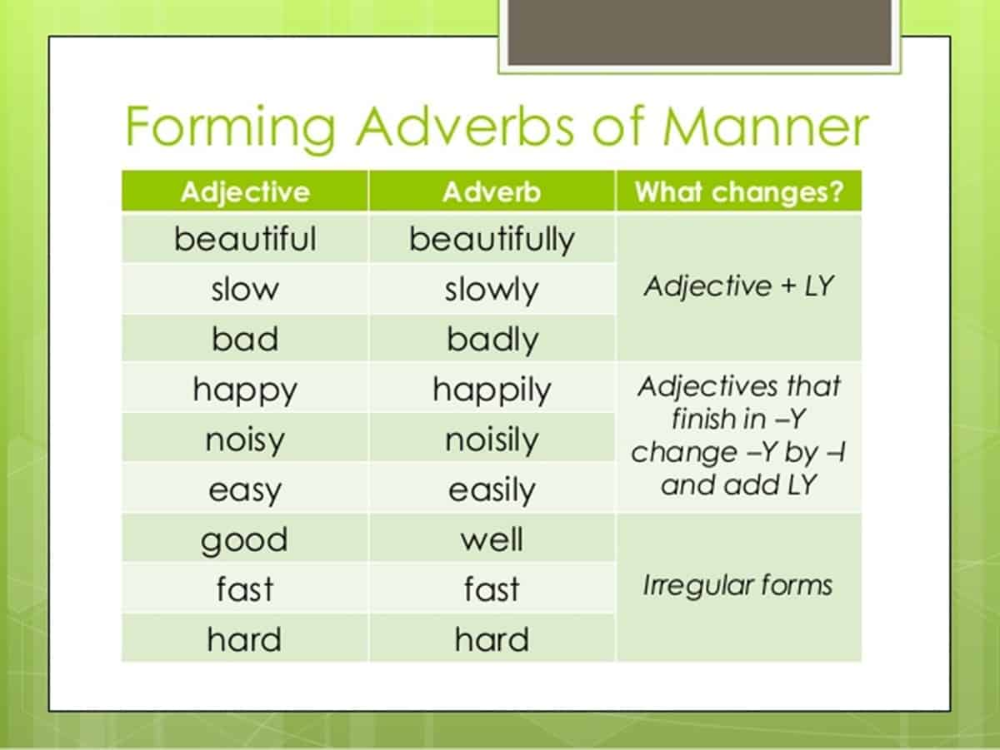 nine0018
nine0018
We see our mission in making the expectation of a child and its birth a happy, calm and most comfortable period for every woman. By providing professional medical support, we help couples plan pregnancy, control its harmonious course, conduct expert-level prenatal diagnostics, providing comprehensive care for the health of the expectant mother and baby.”
Roza Saidovna Bataeva
Head of the Fetal Medicine Center in Moscow
From the very beginning of pregnancy, every expectant mother begins to listen carefully to the sensations inside her growing belly. Can't wait to feel your baby move. When does the fetus begin to move? At what time can a pregnant woman begin to listen carefully to herself, waiting for the first movements of her child? Should I be worried if they are not felt or the baby suddenly calmed down? And can movements carry any other information, besides communicating with mom? nine0018
At what time does the fetal movement begin
The first movements of the future baby begin early - already at 7-8 weeks of pregnancy . It was at this time that the first muscles and the rudiments of the nervous system of the fetus are formed. Naturally, at this time, the movements of the embryo are still very primitive - these are muscle contractions in response to nerve impulses.
It was at this time that the first muscles and the rudiments of the nervous system of the fetus are formed. Naturally, at this time, the movements of the embryo are still very primitive - these are muscle contractions in response to nerve impulses.
Approximately from 10 weeks of pregnancy the fetus begins to move more actively in the uterus, and, encountering an obstacle on its way (walls of the uterus), change the trajectory of movements. However, the baby is still very small and the impacts on the uterine wall are very weak, the expectant mother cannot yet feel them. At 11-12 weeks of intrauterine life, a little man already knows how to clench his fists, grimace, frown, by 16 weeks of pregnancy he begins to react to loud, sharp sounds with increased motor activity, at 17 weeks the first facial expressions appear, and at 18 weeks he covers his face with his hands and plays with the umbilical cord, compresses and unclenches the fingers of the hands. nine0003
Gradually, with increasing gestational age, movements become more coordinated and more like conscious.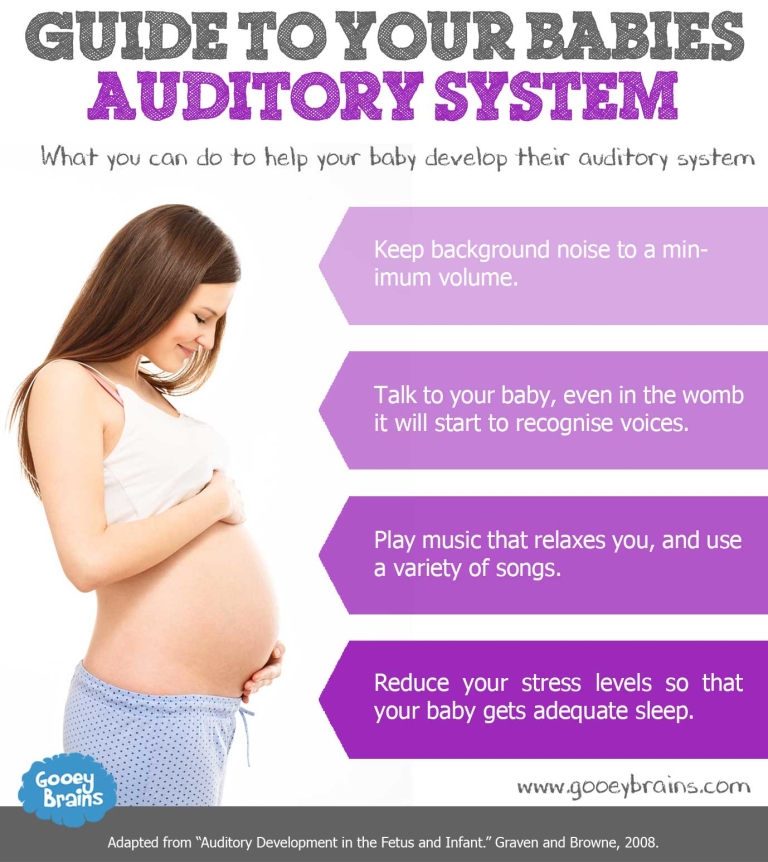 When the baby grows up, the pregnant woman begins to feel his movements.
When the baby grows up, the pregnant woman begins to feel his movements.
When does the fetal movement begin during the first and subsequent pregnancies
It is generally accepted that during the first pregnancy, the expectant mother feels the first fetal movements at 20 weeks of pregnancy, with repeated pregnancies - at 18 weeks. This is not entirely true. A mother who is expecting her first child, indeed, most often begins to feel the movements of the fetus a little later than a multiparous woman. This is due to the fact that "experienced" mothers know how the movements of the crumbs are felt at first and what they should feel. Some primigravidas perceive the first movements of the fetus as an increase in intestinal peristalsis, “gaziki”. Many women describe the first movements of the fetus as a feeling of fluid transfusion in the abdomen, "fluttering butterflies" or "swimming fish." nine0003
The first movements are usually rare and irregular. The time of the first sensations of fetal movements naturally depends on the individual sensitivity of the woman. Some future mothers feel the first movements as early as 15-16 weeks, and someone only after 20. Slender women, as a rule, begin to feel movements earlier than full ones. Women who lead an active lifestyle, work hard, usually feel the movements of the fetus later.
Some future mothers feel the first movements as early as 15-16 weeks, and someone only after 20. Slender women, as a rule, begin to feel movements earlier than full ones. Women who lead an active lifestyle, work hard, usually feel the movements of the fetus later.
By 20 weeks, due to the formation of the spinal cord and brain, as well as the accumulation of a certain amount of muscle mass in the fetus, movements become more regular and noticeable .
From 24 weeks of pregnancy, the movements of the fetus are already reminiscent of the movements of a newborn - the expectant mother feels how the fetus changes position, moves its arms and legs. The motor activity of the fetus increases gradually and its peak falls on the period from the 24th to the 32nd week of pregnancy. At this time, the activity of the baby's movements becomes one of the indicators of its normal development. After 24 weeks, the child begins to "communicate" with the mother with the help of movements, respond to the sounds of voice, music, and the emotional state of the mother. With an increase in the gestational age of more than 32 weeks, the motor activity of the fetus gradually decreases due to the fact that the baby is growing up and he simply does not have enough space for active movements. This becomes especially noticeable at the time of childbirth. By the end of the third trimester of pregnancy, the number of fetal movements may decrease somewhat, but their intensity and strength remain the same or increase. nine0003
With an increase in the gestational age of more than 32 weeks, the motor activity of the fetus gradually decreases due to the fact that the baby is growing up and he simply does not have enough space for active movements. This becomes especially noticeable at the time of childbirth. By the end of the third trimester of pregnancy, the number of fetal movements may decrease somewhat, but their intensity and strength remain the same or increase. nine0003
Fetal movement rate
The baby in the mother's belly moves almost constantly. At the 20th week of pregnancy, the fetus makes about 200 movements per day, and between the 28th and 32nd weeks, the number of movements reaches 600 per day. Naturally, a pregnant woman does not feel all the movements of the fetus, but only a small part of them. So, after 28 weeks, the frequency of fetal movement, according to the sensations of a woman, is usually 4 to 8 times per hour, with the exception of periods of fetal sleep (3-4 hours in a row).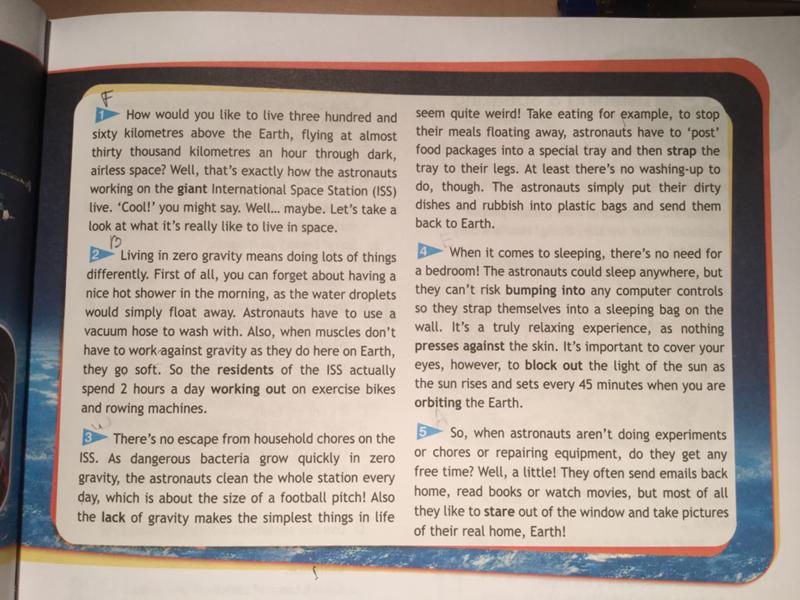 nine0003
nine0003
In the third trimester, a pregnant woman may notice that her baby has regular sleep and wake cycles. Children are usually most active from 19:00 to 4:00 in the morning, and the period of "rest" occurs more often from 4 to 9:00 in the morning. Of course, the movements of the fetus depend on the mood of the mother, if the mother is worried or happy, the baby can move more actively, or vice versa, calm down. The fact is that when a mother rejoices, her body significantly increases the amount of hormones of joy - endorphins, which regulate the work of the heart and blood vessels, including the vessels of the placenta. During stress or pronounced negative emotions, biologically active substances are also produced - stress hormones, they also affect the work of the heart and blood vessels. It is thanks to this biological interaction between the organisms of mother and baby that the fetus feels the state of the mother. When the expectant mother is resting, the baby usually becomes more active, if the pregnant woman is active, busy with some kind of work, the child most often calms down. The movements also change depending on the satiety of the expectant mother. Usually the baby begins to move actively after the mother eats, especially something sweet. At the same time, the level of glucose in the blood increases sharply, which causes the fetus to be more active. nine0003
The movements also change depending on the satiety of the expectant mother. Usually the baby begins to move actively after the mother eats, especially something sweet. At the same time, the level of glucose in the blood increases sharply, which causes the fetus to be more active. nine0003
Fetal movements are the language in which the unborn child speaks to the mother. Naturally, a pregnant woman should listen to the movements, because in some cases, changes in the movements of the fetus may indicate a violation of its intrauterine state and a not entirely successful pregnancy.
If, after 20 weeks of pregnancy, the expectant mother does not feel the movement of the fetus, it may be worthwhile to see a doctor and make sure that everything is in order with the baby.
Methods for assessing the "sufficiency" of fetal movements
Counting the number of movements
The easiest way to assess fetal movements is to count the number of movements of the pregnant woman herself.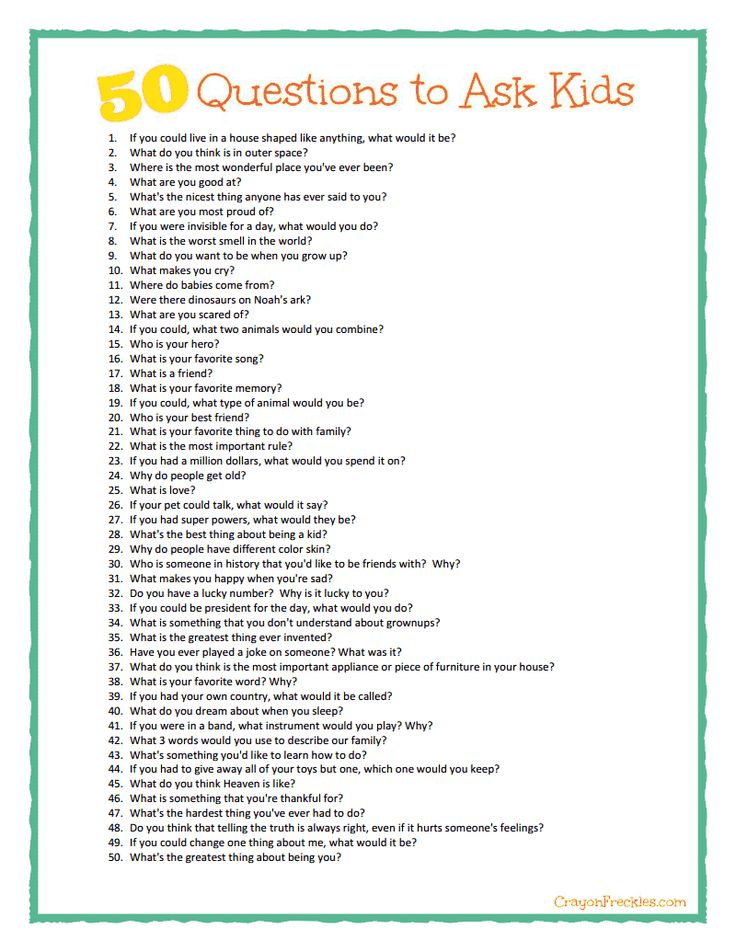 Self-assessment methods are very easy to use, do not require additional equipment, the presence of a doctor and are easily reproducible by any woman. Their disadvantages are that each woman has different thresholds of susceptibility.
Self-assessment methods are very easy to use, do not require additional equipment, the presence of a doctor and are easily reproducible by any woman. Their disadvantages are that each woman has different thresholds of susceptibility.
Count to ten
The most common method for assessing fetal movements is called count to ten . It can be carried out after 28 weeks of pregnancy, when the fetus is mature enough for active movements. Its essence lies in the fact that the expectant mother counts the movements of the fetus for a 12-hour time interval, for example, from 9 am to 9 pm. The time when a pregnant woman catches the tenth movement is recorded on a tablet. If the fetus makes less than 10 movements in 12 hours, this is a reason to consult a doctor for an additional examination.
Sadowski Method
In the evening after dinneruntil 11 p.m.), the woman lies on her left side and counts the movements of the fetus. At the same time, everything is considered, even the smallest movements. If 10 or more movements are noted within an hour, this indicates that the baby is moving quite actively and feels good. If the fetus moved less than 10 times in an hour, then the movements are counted for the next hour. Evening time for this assessment method was not chosen by chance. It is in the evening hours, especially after dinner and the associated increase in glucose, that the greatest activity of the fetus is noted. If the number of fetal movements during this test is less than 10 per two hours, this should be considered as a sign of a violation of his condition and additional studies should be carried out. nine0003
If 10 or more movements are noted within an hour, this indicates that the baby is moving quite actively and feels good. If the fetus moved less than 10 times in an hour, then the movements are counted for the next hour. Evening time for this assessment method was not chosen by chance. It is in the evening hours, especially after dinner and the associated increase in glucose, that the greatest activity of the fetus is noted. If the number of fetal movements during this test is less than 10 per two hours, this should be considered as a sign of a violation of his condition and additional studies should be carried out. nine0003
For an obstetrician-gynecologist, fetal movements are also an important diagnostic criterion for some deviations in the course of pregnancy from the norm. Too active, violent, painful fetal movement or weak, rare movements may indicate its unfavorable condition.
Changes in fetal activity
Changes in fetal activity may be associated with external influences. For example, if a pregnant woman lies on her back for a long time, then the enlarged uterus compresses a large vessel - the inferior vena cava, the blood flow to the fetus is disrupted, which immediately causes its violent reaction - active movements. The same changes in the activity of the baby can occur in any other uncomfortable position of the mother - if she leans forward, squeezing her stomach, sits with her legs crossed, the child forces her mother to change her position with her activity. A similar situation occurs if the baby himself squeezes or presses the loops of the umbilical cord, limiting the flow of blood through it. He begins to move more actively, changes his position and relieves pressure on the umbilical cord. However, in some cases, an increase or vice versa, a subsidence of fetal movements can be a sign of a serious pathology. nine0003
For example, if a pregnant woman lies on her back for a long time, then the enlarged uterus compresses a large vessel - the inferior vena cava, the blood flow to the fetus is disrupted, which immediately causes its violent reaction - active movements. The same changes in the activity of the baby can occur in any other uncomfortable position of the mother - if she leans forward, squeezing her stomach, sits with her legs crossed, the child forces her mother to change her position with her activity. A similar situation occurs if the baby himself squeezes or presses the loops of the umbilical cord, limiting the flow of blood through it. He begins to move more actively, changes his position and relieves pressure on the umbilical cord. However, in some cases, an increase or vice versa, a subsidence of fetal movements can be a sign of a serious pathology. nine0003
After 28 weeks of pregnancy, if your baby does not let you know for 3-4 hours, he may just be sleeping. In this case, the expectant mother needs to eat something sweet and lie down on her left side for half an hour. If these simple manipulations do not lead to a result, it is worth repeating them again after 2-3 hours. If this time the baby does not make itself felt, this is an occasion to consult a doctor. Rare and weak movements can also indicate a fetal problem, most often a lack of oxygen for the baby, that is, fetal hypoxia. nine0003
If these simple manipulations do not lead to a result, it is worth repeating them again after 2-3 hours. If this time the baby does not make itself felt, this is an occasion to consult a doctor. Rare and weak movements can also indicate a fetal problem, most often a lack of oxygen for the baby, that is, fetal hypoxia. nine0003
Determining the condition of the fetus
To determine the condition of the fetus, the doctor conducts a series of examinations:
Auscultation (listening)
The simplest is auscultation (listening) using a special wooden tube (obstetric stethoscope) or a special device that captures the fetal heartbeat, doctor listens to the baby's heartbeat. Normally, it is about 120-160 beats per minute. A decrease in heart rate less than 120 or an increase of more than 160 indicates intrauterine suffering of the child. nine0003
Ultrasound and dopplerometry
During ultrasound, the doctor visually assesses the size of the fetus, the correspondence of the development of the fetus to the gestational age, because with oxygen starvation, the growth rate of the fetus slows down and its size lags behind the norm for each period of pregnancy.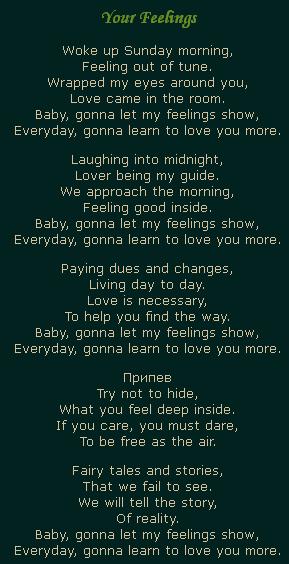 Also important is the structure of the placenta, the presence of signs of aging in it, as a result of which the function of transferring blood, oxygen and nutrients to the fetus usually worsens. During ultrasound, the amount and type of amniotic fluid is assessed, which can also change with intrauterine fetal suffering. Dopplerometry of the vessels of the placenta and umbilical cord is a method for studying the speed of blood flow in these vessels. With a decrease in the rate of blood flow in any vessel, one can speak of fetal malnutrition of varying severity. nine0003
Also important is the structure of the placenta, the presence of signs of aging in it, as a result of which the function of transferring blood, oxygen and nutrients to the fetus usually worsens. During ultrasound, the amount and type of amniotic fluid is assessed, which can also change with intrauterine fetal suffering. Dopplerometry of the vessels of the placenta and umbilical cord is a method for studying the speed of blood flow in these vessels. With a decrease in the rate of blood flow in any vessel, one can speak of fetal malnutrition of varying severity. nine0003
Learn more about the services:
- Pregnancy ultrasound
- Ultrasound in the first trimester of pregnancy
- Make KTG
- Perform fetal echocardiography
Cardiotocography (CTG)
This is an important method for assessing the condition of the fetus. CTG is performed at a gestational age of 33 weeks or more, since only in this period of intrauterine development of the baby is a full-fledged regulation of the activity of the cardiovascular system of the fetus by the centers of the spinal cord and brain. Recording of fetal heartbeats is carried out for at least 40 minutes, and if necessary, the study can be extended up to one and a half hours. The device registers and records the baby's heart rate. For example, with a decrease in the concentration of oxygen in the blood of the fetus, the supply of oxygen to the cells of the nervous system decreases, which in turn affects the heart rate, especially during the period of wakefulness of the child. The obstetrician-gynecologist evaluates the heartbeat recording curve, episodes of slowing down and a sharp increase in the fetal heart rate, and based on these data, makes a conclusion about how comfortable the baby feels in the mother's stomach. nine0003
Recording of fetal heartbeats is carried out for at least 40 minutes, and if necessary, the study can be extended up to one and a half hours. The device registers and records the baby's heart rate. For example, with a decrease in the concentration of oxygen in the blood of the fetus, the supply of oxygen to the cells of the nervous system decreases, which in turn affects the heart rate, especially during the period of wakefulness of the child. The obstetrician-gynecologist evaluates the heartbeat recording curve, episodes of slowing down and a sharp increase in the fetal heart rate, and based on these data, makes a conclusion about how comfortable the baby feels in the mother's stomach. nine0003
If during additional methods for assessing the condition of the fetus, initial disturbances in the supply of oxygen to the baby are detected, drug treatment is carried out aimed at increasing the access of blood and oxygen through the placenta and mandatory control examinations against the background of ongoing therapy. If the changes are profound and the baby experiences a pronounced deficiency of oxygen and nutrients, his condition suffers, an emergency delivery of such a patient is performed.
If the changes are profound and the baby experiences a pronounced deficiency of oxygen and nutrients, his condition suffers, an emergency delivery of such a patient is performed.
Fetal movements are not only an indicator of his condition, it is a way of communication between the baby and parents. The movements of the crumbs in the mother's tummy are unforgettable sensations that a woman can experience only in this short, but such a happy period of her life. nine0003
Center for Fetal Medicine in Moscow:
The main activities of our center are the early detection of congenital malformations in the fetus, prenatal screening for the detection of chromosomal abnormalities in the fetus, as well as pregnancy complications such as preeclampsia, fetal growth retardation and threatened abortion.
Our center is organized in such a way that the whole range of services is concentrated in one place, where a woman receives the results of various types of examinations, including ultrasound, biochemical, and specialist consultation within 1-1. 5 hours. In the presence of a high risk for chromosomal diseases in the fetus, invasive diagnostics and genetics consultation are carried out here in the center. nine0003
5 hours. In the presence of a high risk for chromosomal diseases in the fetus, invasive diagnostics and genetics consultation are carried out here in the center. nine0003
Fetal echocardiography is given special attention in our center, since congenital heart defects in the fetus are increasingly common today, but, unfortunately, are often missed during ultrasound during pregnancy.
In view of the ever-increasing number of multiple pregnancies, which requires more time and a special approach, the observation of women with multiple pregnancies has been allocated to us in a separate clinic for multiple pregnancies.
All examinations in the center are carried out according to the international standards FMF (Fetal Medicine Foundation) and ISUOG (International Society for Ultrasound in Obstetrics and Gynecology). In complex clinical cases, we can consult with specialists from King's College Hospital, King's College Hospital (London, UK). nine0003
The team is a special pride of the center. Our doctors are not only one of the leading specialists, professors, doctors and candidates of medical sciences, doctors of the highest categories, they are also a team of like-minded people and real enthusiasts in their field. All ultrasound diagnostic doctors in our center have international FMF certificates. Having extensive experience in prenatal diagnostics, we share our knowledge with our colleagues by conducting training courses.
Our doctors are not only one of the leading specialists, professors, doctors and candidates of medical sciences, doctors of the highest categories, they are also a team of like-minded people and real enthusiasts in their field. All ultrasound diagnostic doctors in our center have international FMF certificates. Having extensive experience in prenatal diagnostics, we share our knowledge with our colleagues by conducting training courses.
The Center is equipped with the most modern diagnostic equipment: these are the latest generation ultrasound machines, GE Voluson E8 Expert, with a complete set of modern technologies, including three-dimensional ones, this is a biochemical analyzer, Delfia Xpress, these are workplaces with professional computer programs. nine0003
Article "First Movements"
The movements of the child are a way of his communication with his mother and with the outside world. In moments of excitement or joy, a woman often feels a more active movement of the baby.
The movements of the baby are not only an indicator of his condition, but also the unique sensations that the mother experiences during this happy period of her life, during pregnancy.
You have known for a long time that you are pregnant, mentally, and maybe talking out loud with the baby, but most mothers manage to really feel that the dearest little man in the world lives inside you only after his first pushes. nine0003
1. When the baby starts to move
Normally, the baby begins to move from the 8th week of pregnancy, when arms and legs appear. It’s just that its size is so small, and the blows are so weak that mom doesn’t feel it. The first movement of a child noticeable to a woman, as a rule, appears at 20-22 weeks of pregnancy, when the spinal cord and brain are formed in the crumbs, and its movements become regular. If a woman has already given birth, then her uterine muscles are more stretched and tremors can be felt earlier - starting from 16-18 weeks. In addition, she is already familiar with these sensations and can recognize them more quickly. nine0003
In addition, she is already familiar with these sensations and can recognize them more quickly. nine0003
Future mothers describe the first tremors of the baby in different ways: someone compares them to the fluttering of a butterfly, someone feels wave-like movements, pulsation, slight tickling or seething in the intestines. As the baby grows, his movements become more recognizable. By 24 weeks of pregnancy, they already begin to resemble the movements of a newborn. It is from this age that the baby communicates with the mother in the language of movements and, with her movements, sensitively reacts to changes in her emotional state: when the mother is nervous, worried, or, conversely, rejoices and laughs, the baby can move more actively or calm down for a while nine0003
The baby moves most actively in the mother's stomach in the period from 24 to 32 weeks of pregnancy. By the time of childbirth, the motor activity of the crumbs decreases slightly, as it becomes crowded in the uterus.
An obstetrician-gynecologist will tell you how you can count the number of baby movements, and what number is considered normal. If you notice deviations from these indications, tell your doctor. Most likely, you will have to undergo additional examinations - listening to heart sounds, ultrasound or cardiotocography. nine0003
2. When not to worry
- still early . Some pregnant women start to panic when at 20 weeks they do not feel any movement inside them. If the last ultrasound did not reveal any abnormalities, there is no reason to worry. Wait: the baby can make itself felt at both 23 and 24 weeks. Some women, especially those who are expecting their first child, may only recognize movements at week 25, as they simply do not attach any importance to slight trembling or gurgling in the stomach. But in reality, you should listen to the stirring from the 30th week of pregnancy. nine0003
- baby sleeping . There is nothing surprising in the fact that you do not constantly feel fluttering inside the abdomen. The baby, like you, has its own regime, which provides for rest. It can calm down for 3-4 hours, and then make itself felt. And do not forget that all babies are different - some are active, others - behave calmer in their mother's tummy. If your belly is growing, and the obstetrician-gynecologist hears the baby's heartbeat during the examination, it means that the baby is growing and developing. nine0003
There is nothing surprising in the fact that you do not constantly feel fluttering inside the abdomen. The baby, like you, has its own regime, which provides for rest. It can calm down for 3-4 hours, and then make itself felt. And do not forget that all babies are different - some are active, others - behave calmer in their mother's tummy. If your belly is growing, and the obstetrician-gynecologist hears the baby's heartbeat during the examination, it means that the baby is growing and developing. nine0003
- all in mother . If the expectant mother leads an active lifestyle, works or plays sports, the child often adapts to this rhythm, which is why his tremors go unnoticed. Lie down and rest. You will see, the baby will immediately begin to kick.
For a period of 4-5 months, there are days when the baby has not made a single tangible push. In this case, its activity must be stimulated. Eat or drink a glass of milk, then lie down for an hour or two. The child will appreciate the calories offered and the calm state of the mother and, most likely, will begin to push. nine0018
The child will appreciate the calories offered and the calm state of the mother and, most likely, will begin to push. nine0018
Women with pronounced subcutaneous adipose tissue subjectively feel fetal movement to a lesser extent than thin women
3. What to look out for
- Jolts too weak . If earlier you regularly felt your baby, and now his tremors have become noticeably weaker or have completely stopped, this should alert you. An alarm signal is a complete cessation of motor activity for 12 hours or more. Seek immediate medical attention. nine0006
- Shocks too strong . If the baby kicks too violently, try changing the position in which you sit or lie - perhaps the baby is simply uncomfortable. If the baby does not let up and with its sharp and frequent movements causes you severe pain, consult a doctor. It was previously thought that too active fetal movements could be a sign of hypoxia, but at the moment this diagnosis can only be made by a doctor.
 The causes of hypoxia are various diseases that complicate pregnancy (anemia, cardiovascular diseases, diabetes mellitus, placental insufficiency, Rh conflict). nine0006
The causes of hypoxia are various diseases that complicate pregnancy (anemia, cardiovascular diseases, diabetes mellitus, placental insufficiency, Rh conflict). nine0006
Active movements of the baby may be associated with the position of the mother, which is uncomfortable for the child. It is not recommended to be in a state of lying on your back for a long time, as large vessels can be squeezed, which leads to impaired blood flow and the child reports this with increased motor activity. The most comfortable position for the mother is lying on her left side.
How to assess the condition of the baby?To assess the vital activity of the fetus, doctors use several methods: nine0003
-
non-stress test or cardiotocography (CTG). This is the most objective and informative method for assessing the condition of a growing baby. Routinely, it is performed at the 34th week of pregnancy, but if necessary, it can be performed earlier.
 In a normal pregnancy, the study is carried out once a week. CTG is a recording of the fetal heart rate using a device - a fetal monitor. To perform the test, an ultrasound probe is attached to the woman's abdomen, and the baby's heartbeat is recorded on paper tape for 30 minutes, after which the resulting curve is evaluated. The condition of the baby is determined by the frequency and rhythm of heart contractions and changes in heartbeat depending on the movements. Unfavorable signs are: the absence of a heartbeat response or its slowdown in response to the fetus's own movements, a monotonous rhythm and a decrease in the heart rate below 110 beats per minute. nine0003
In a normal pregnancy, the study is carried out once a week. CTG is a recording of the fetal heart rate using a device - a fetal monitor. To perform the test, an ultrasound probe is attached to the woman's abdomen, and the baby's heartbeat is recorded on paper tape for 30 minutes, after which the resulting curve is evaluated. The condition of the baby is determined by the frequency and rhythm of heart contractions and changes in heartbeat depending on the movements. Unfavorable signs are: the absence of a heartbeat response or its slowdown in response to the fetus's own movements, a monotonous rhythm and a decrease in the heart rate below 110 beats per minute. nine0003 -
If CTG receives a low score, then for a more detailed clarification of the child's condition, starting from the 3rd trimester, a fetal biophysical profile (BFP) can be used, including ultrasound and CTG. The following parameters are evaluated: cardiac activity, respiratory movements of the chest, muscle tone and the amount of amniotic fluid.

Learn more
